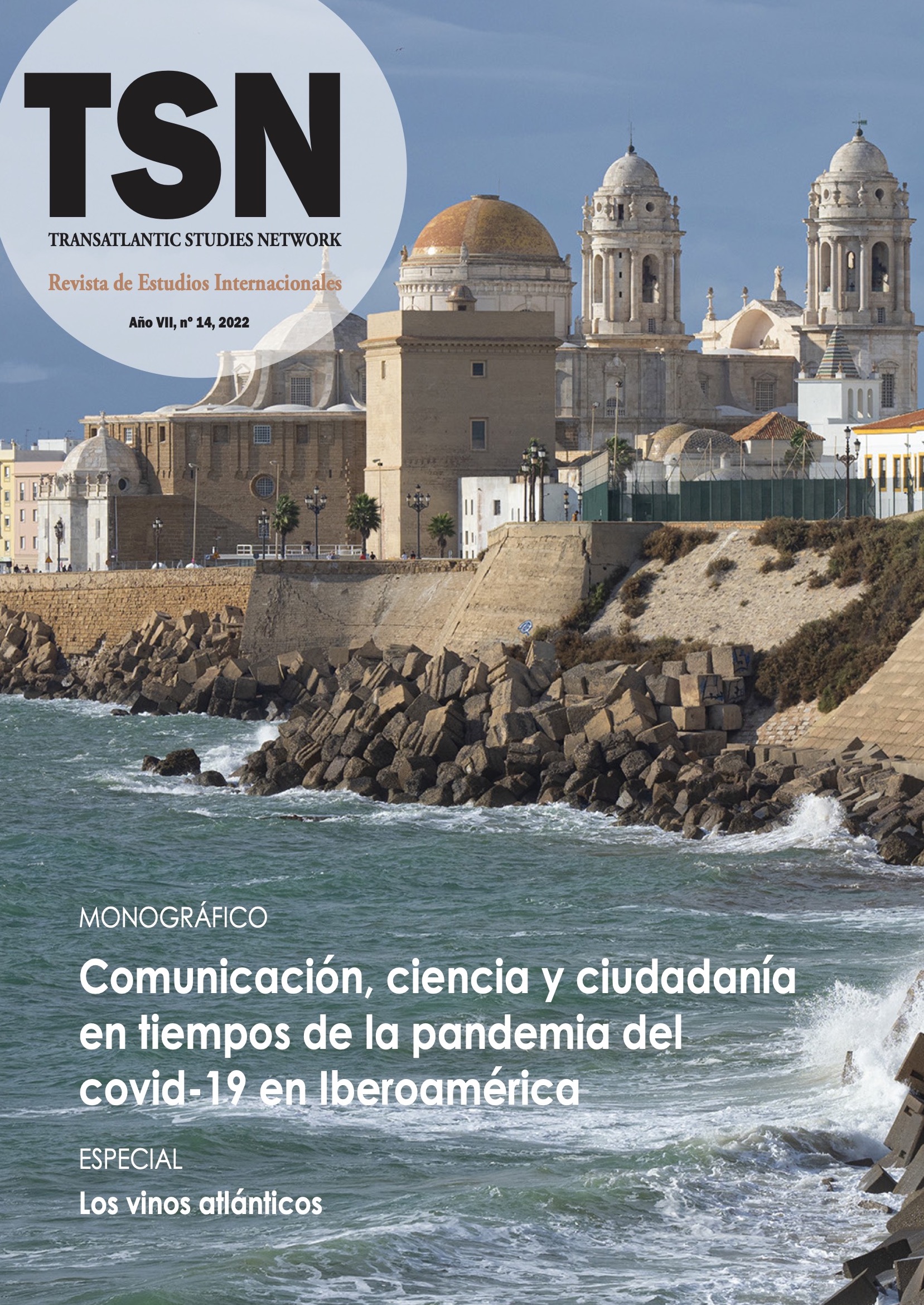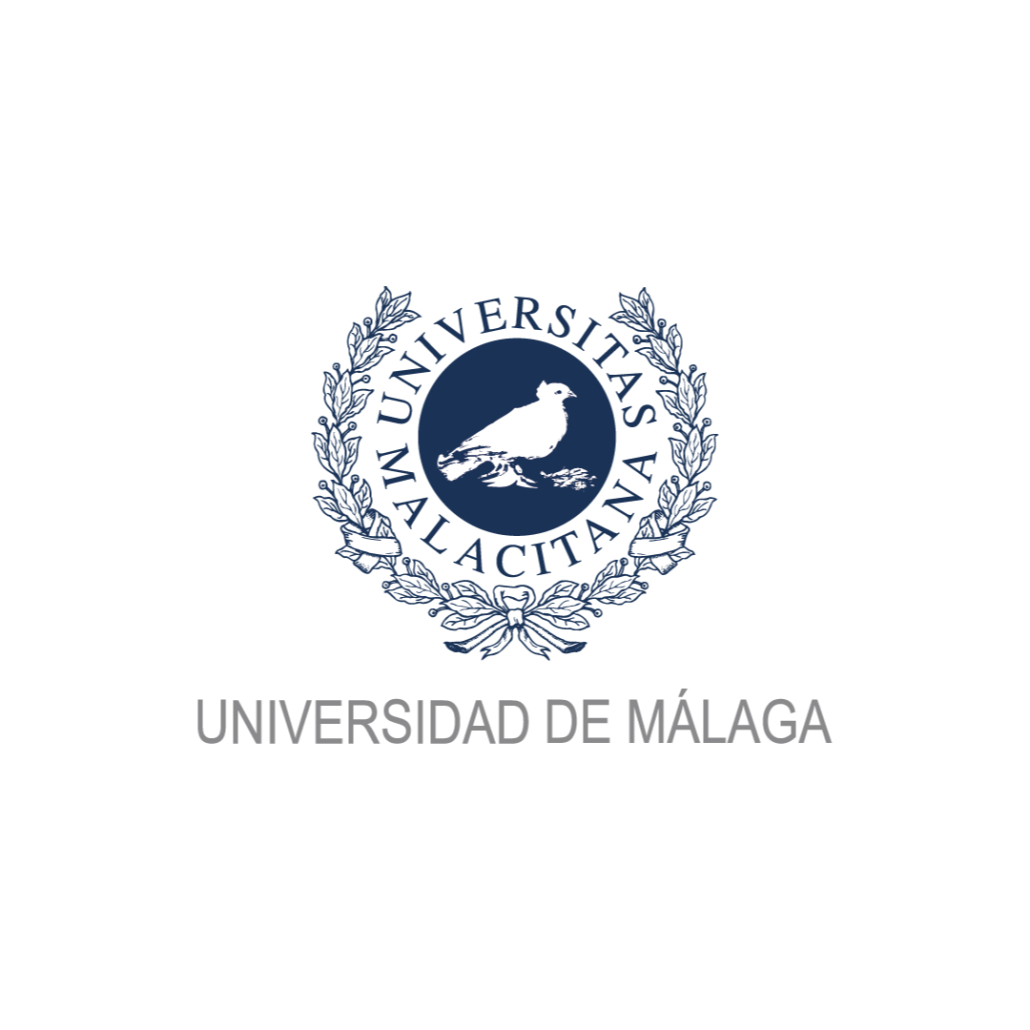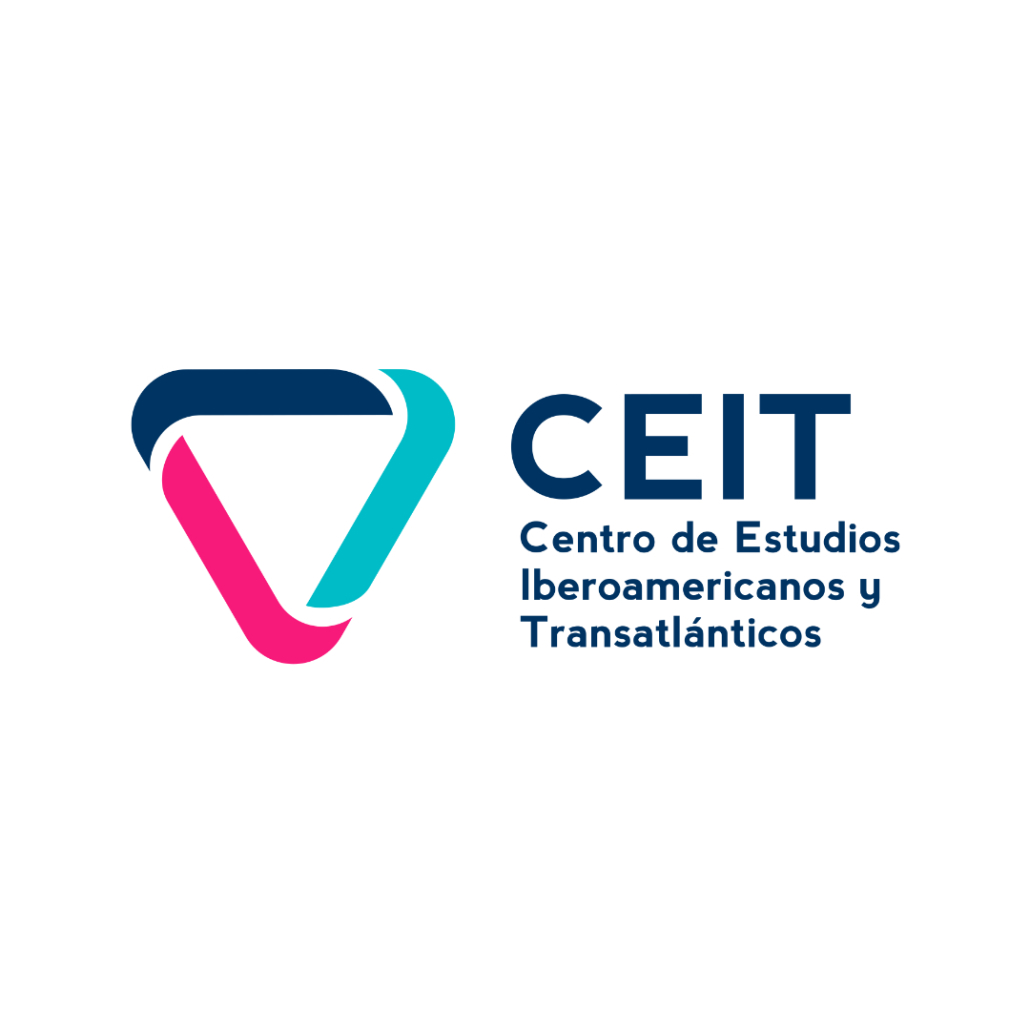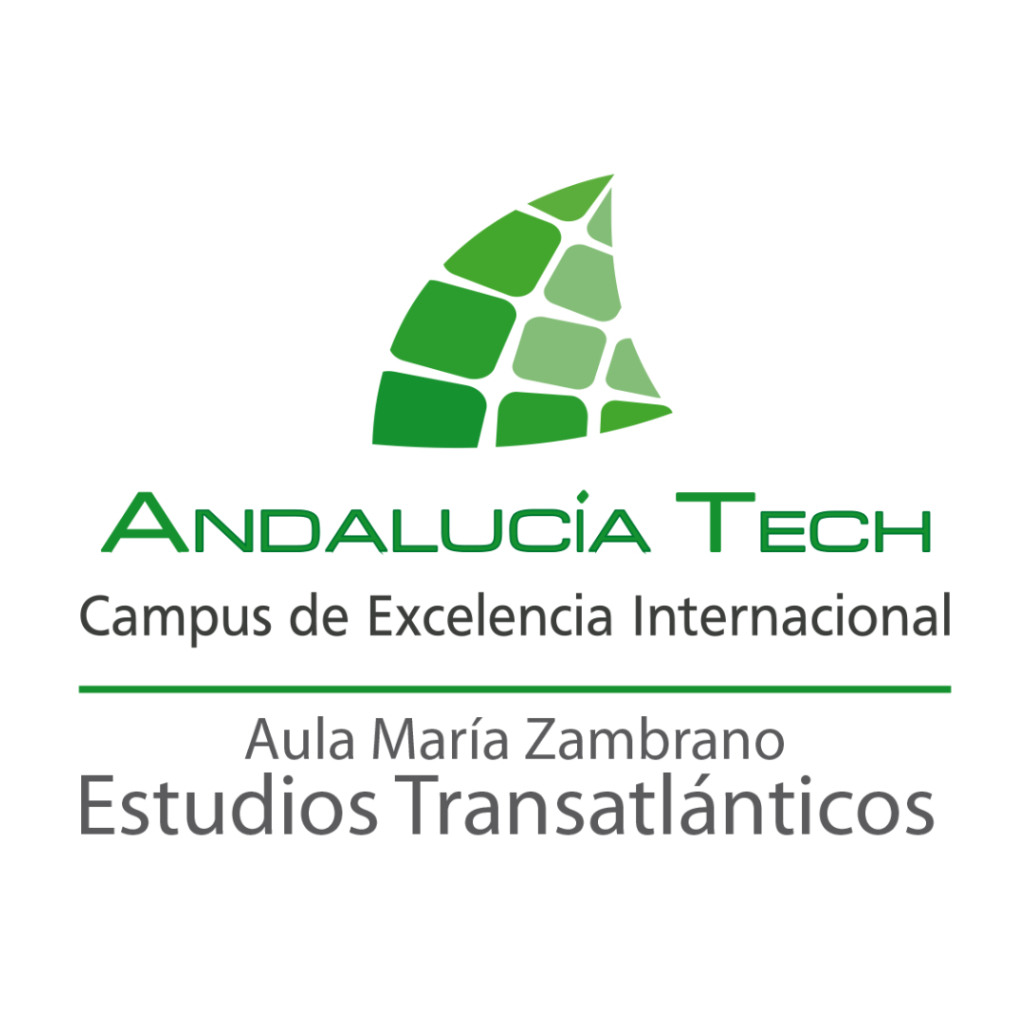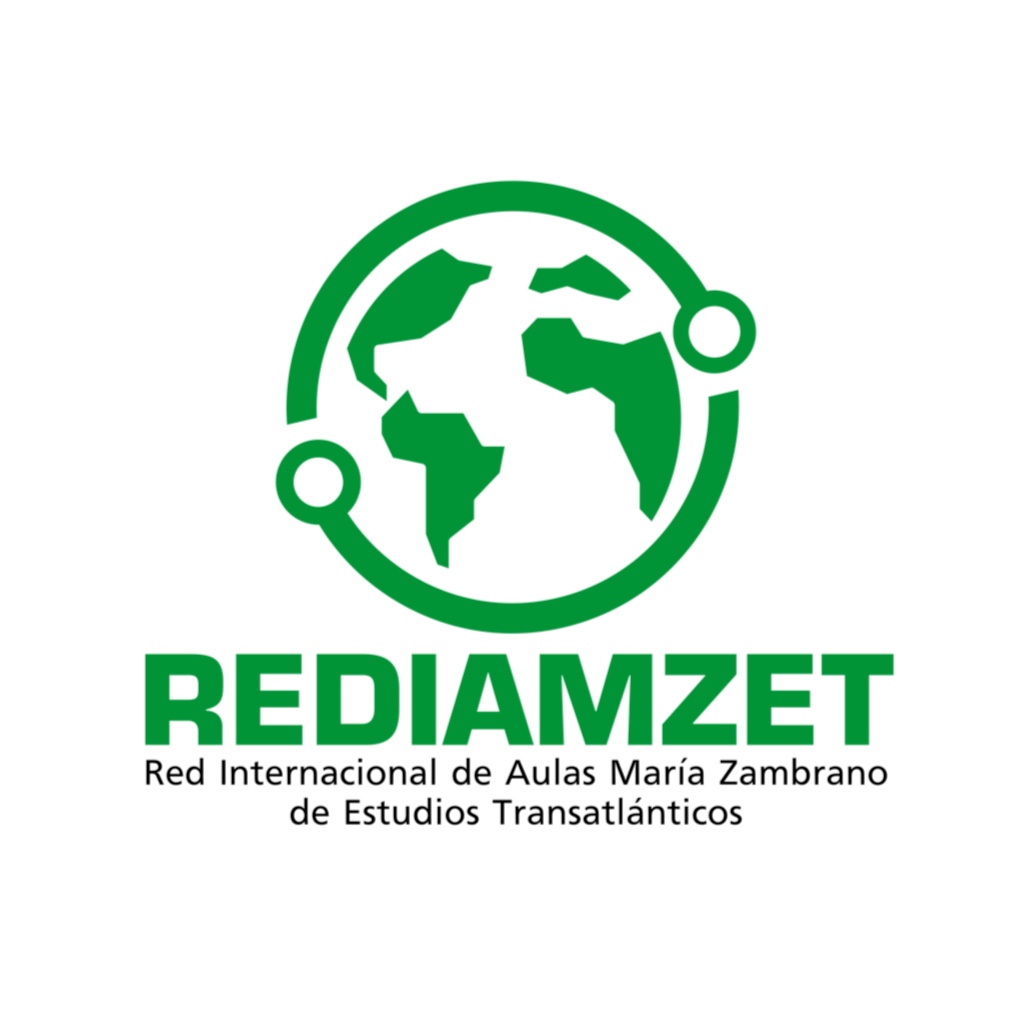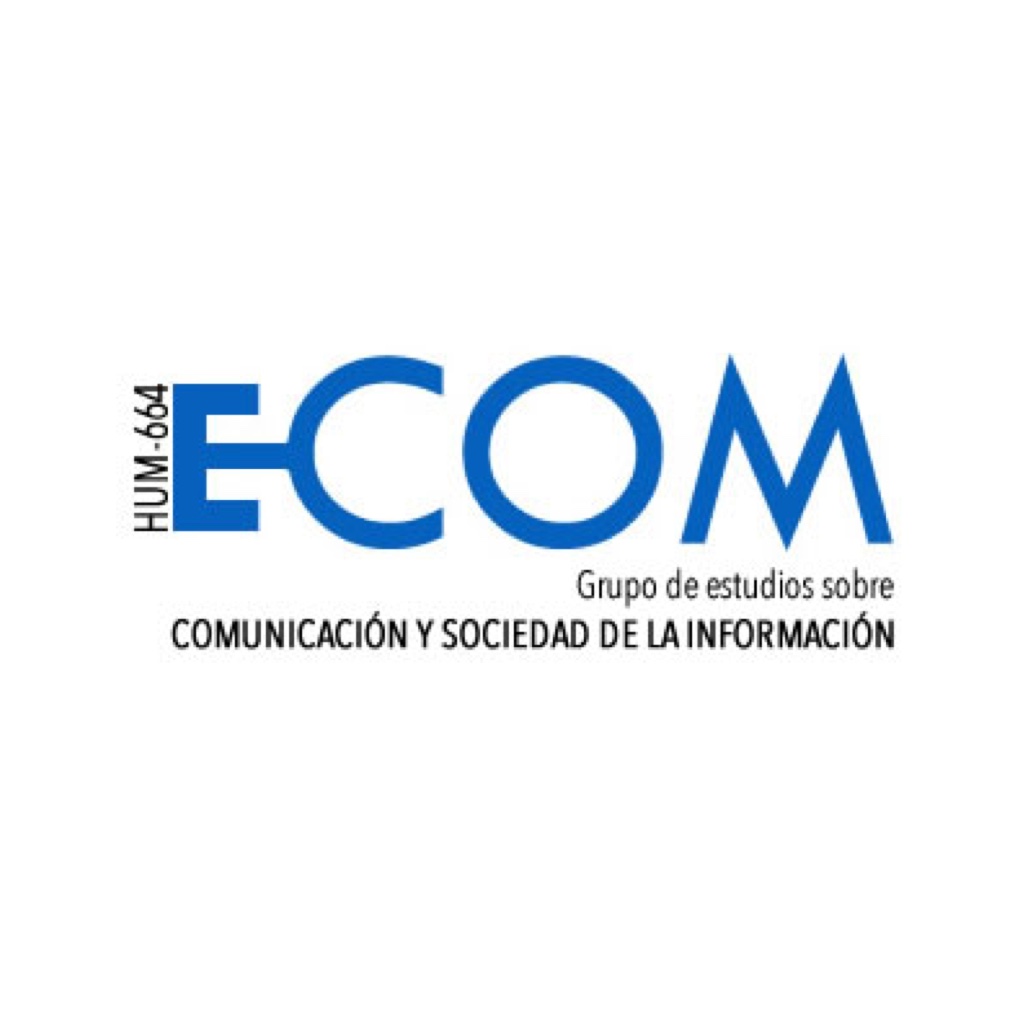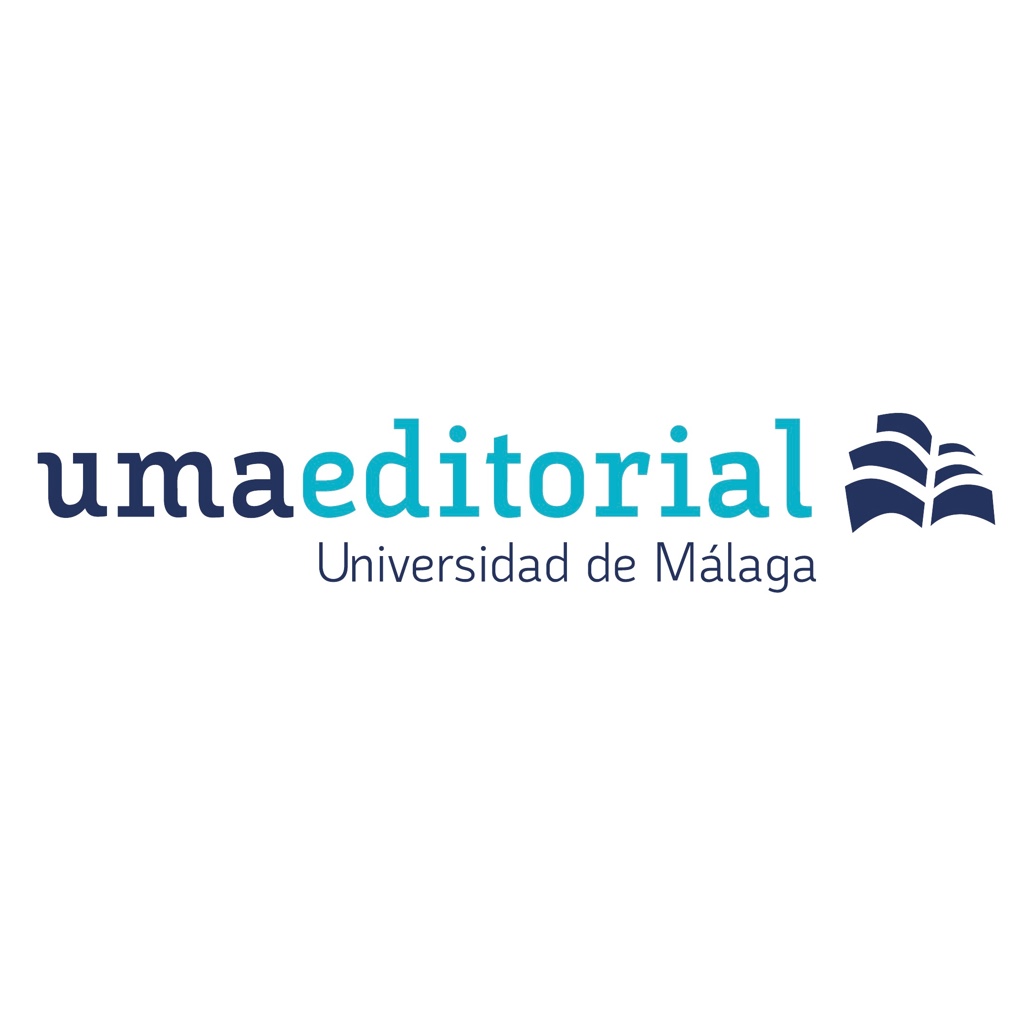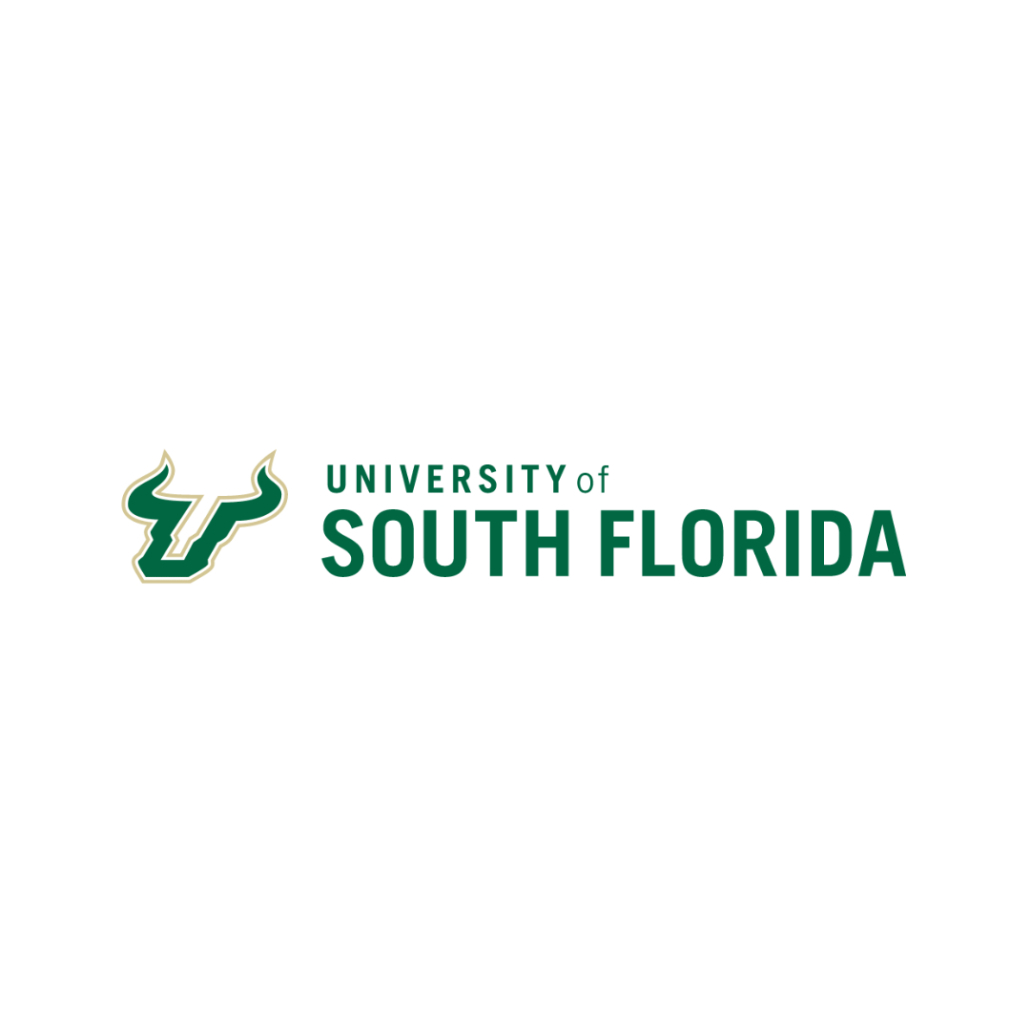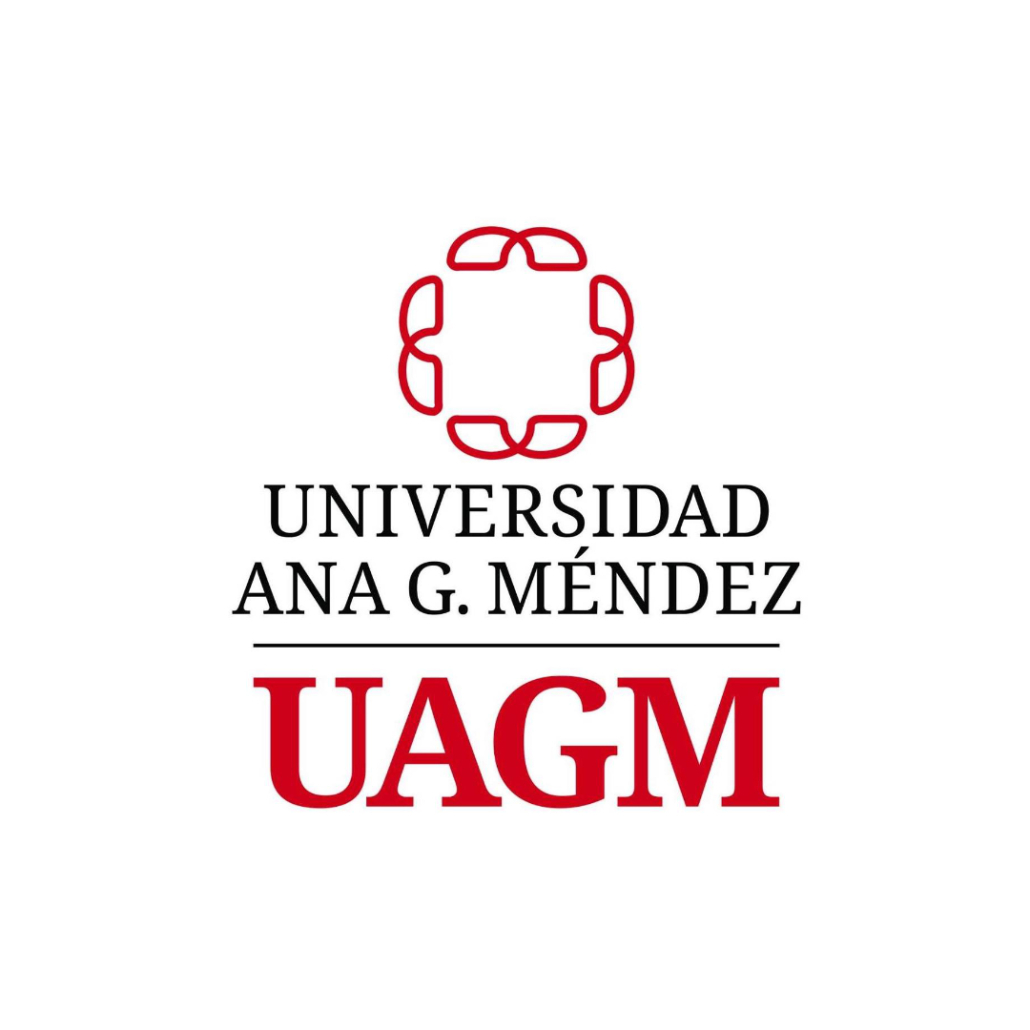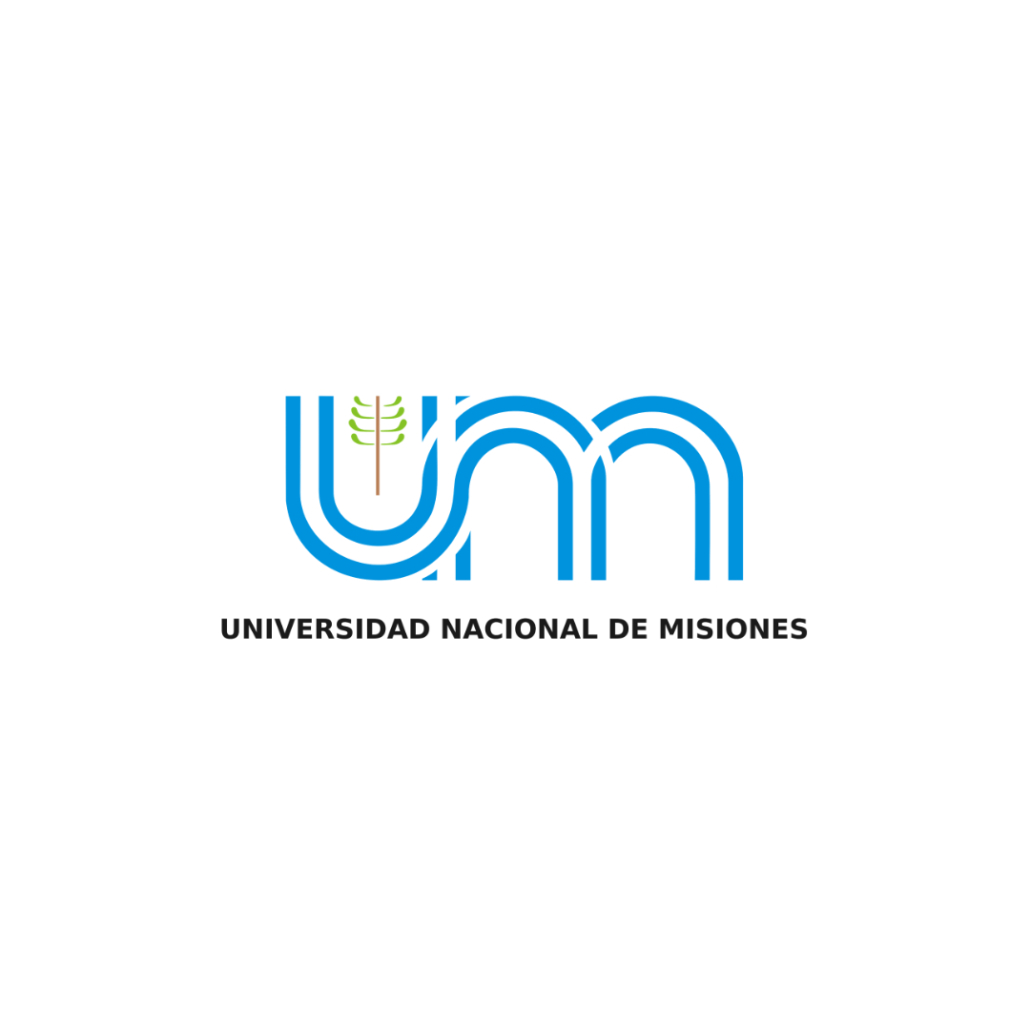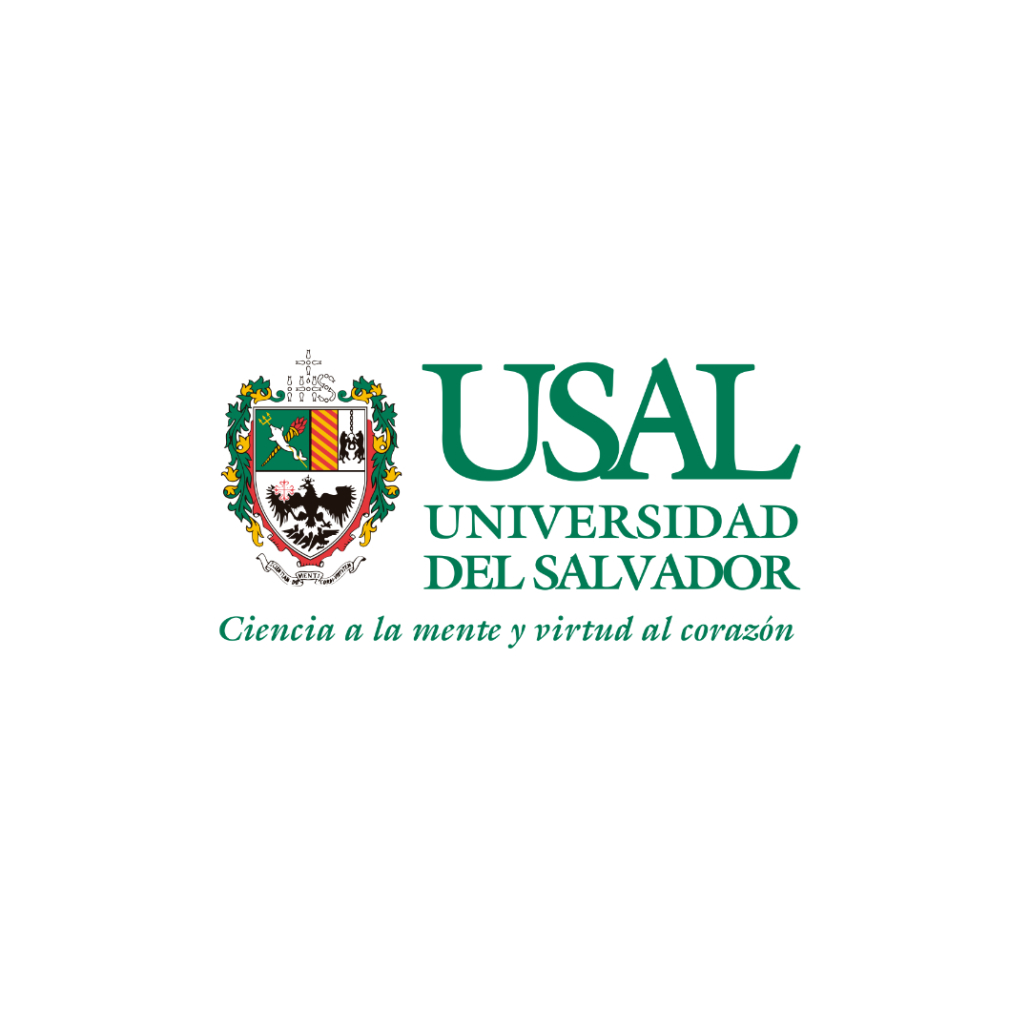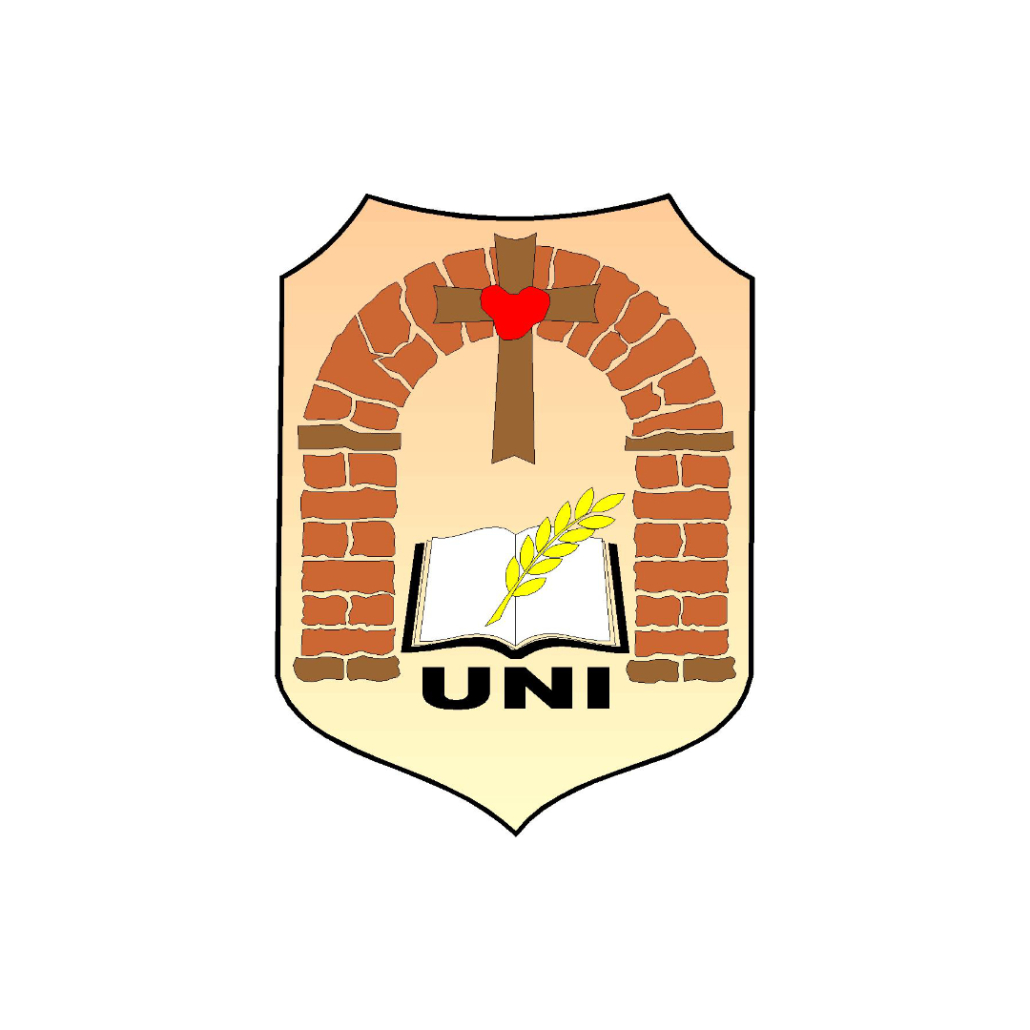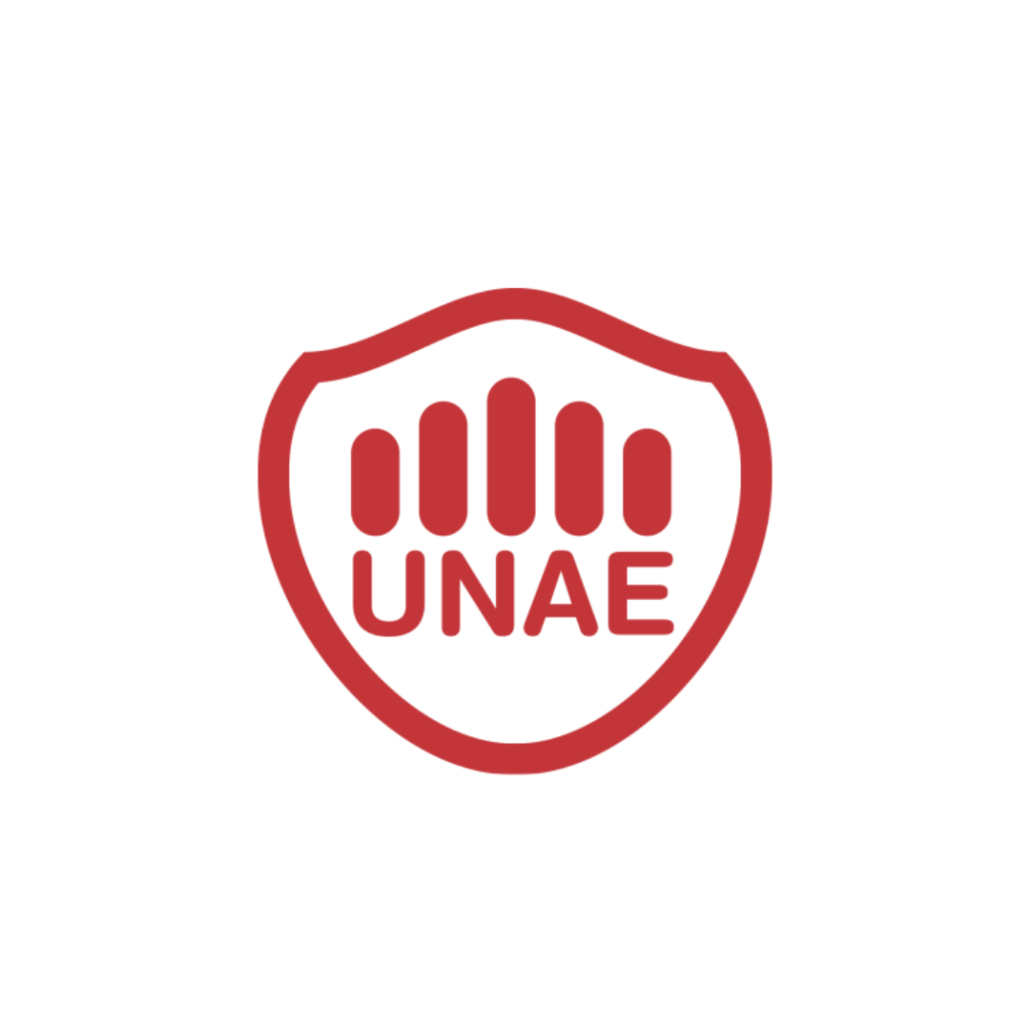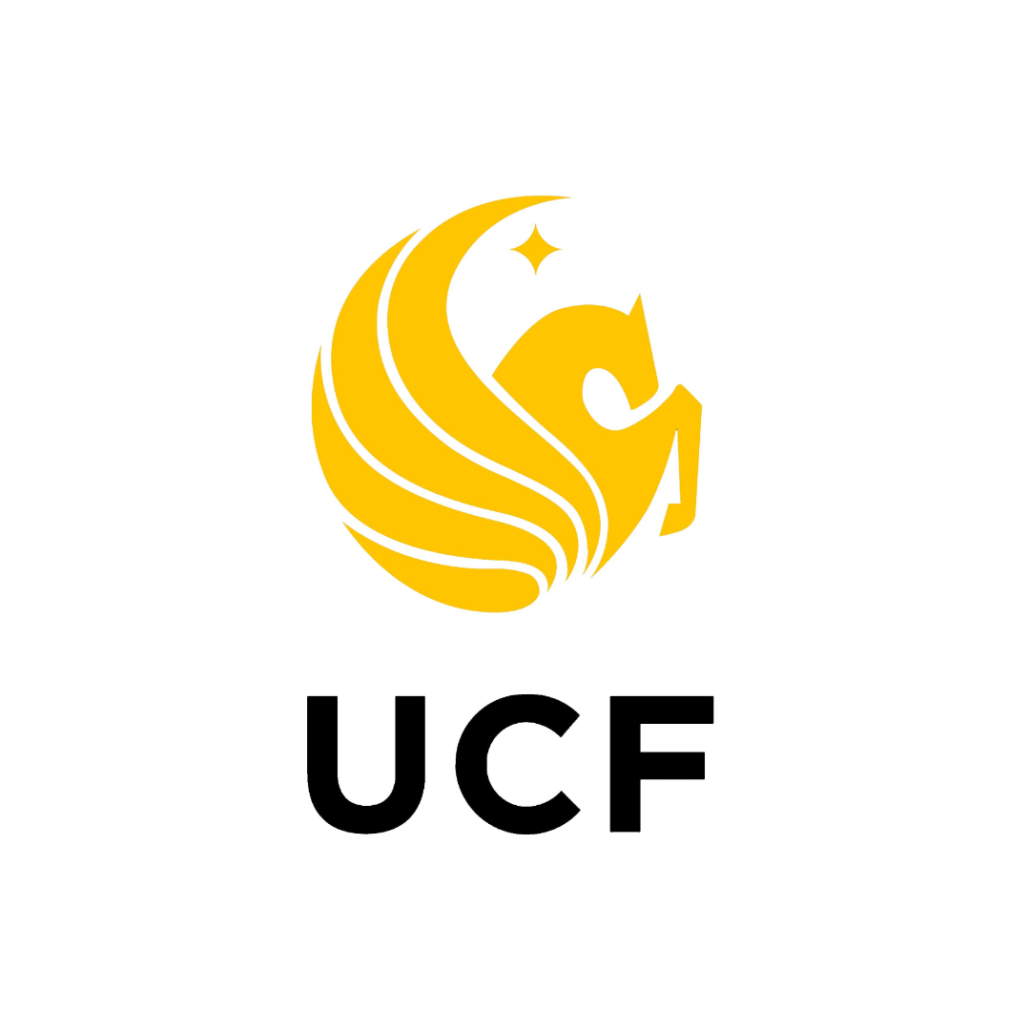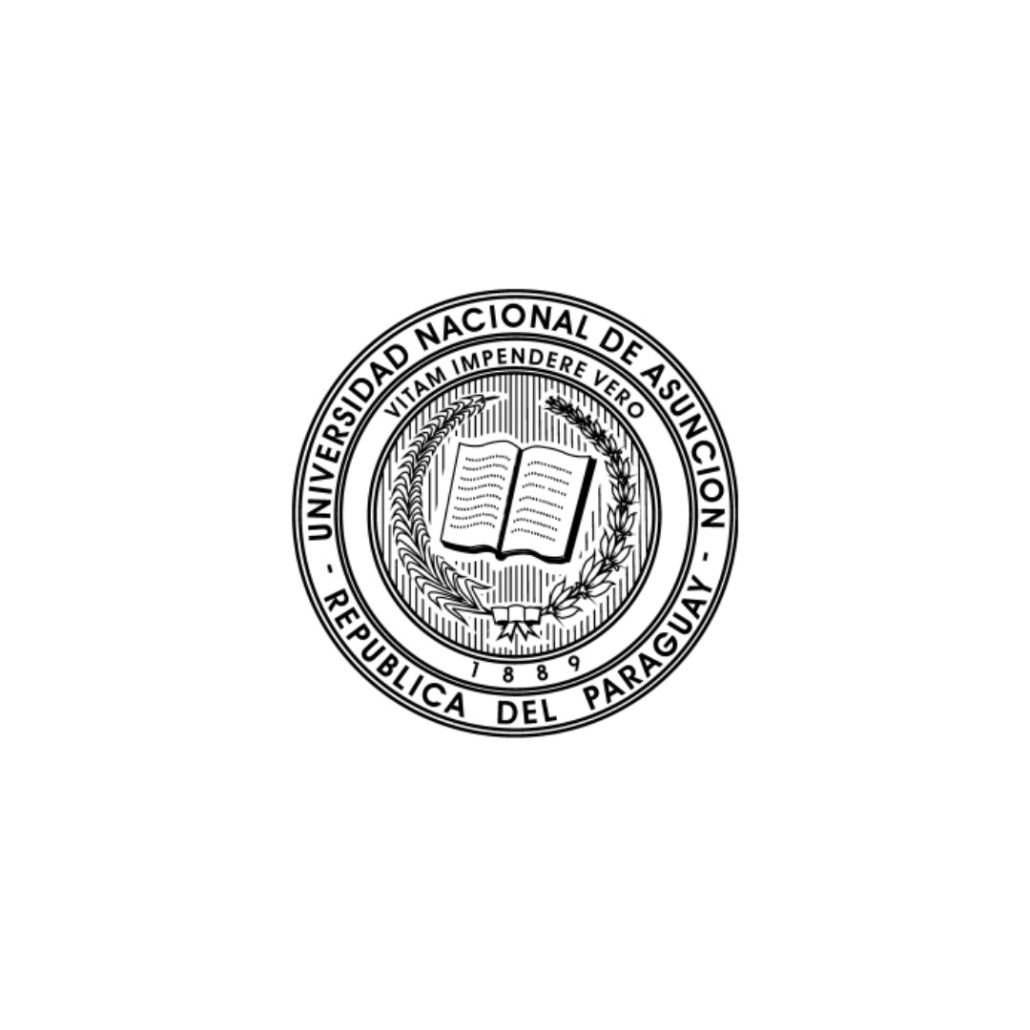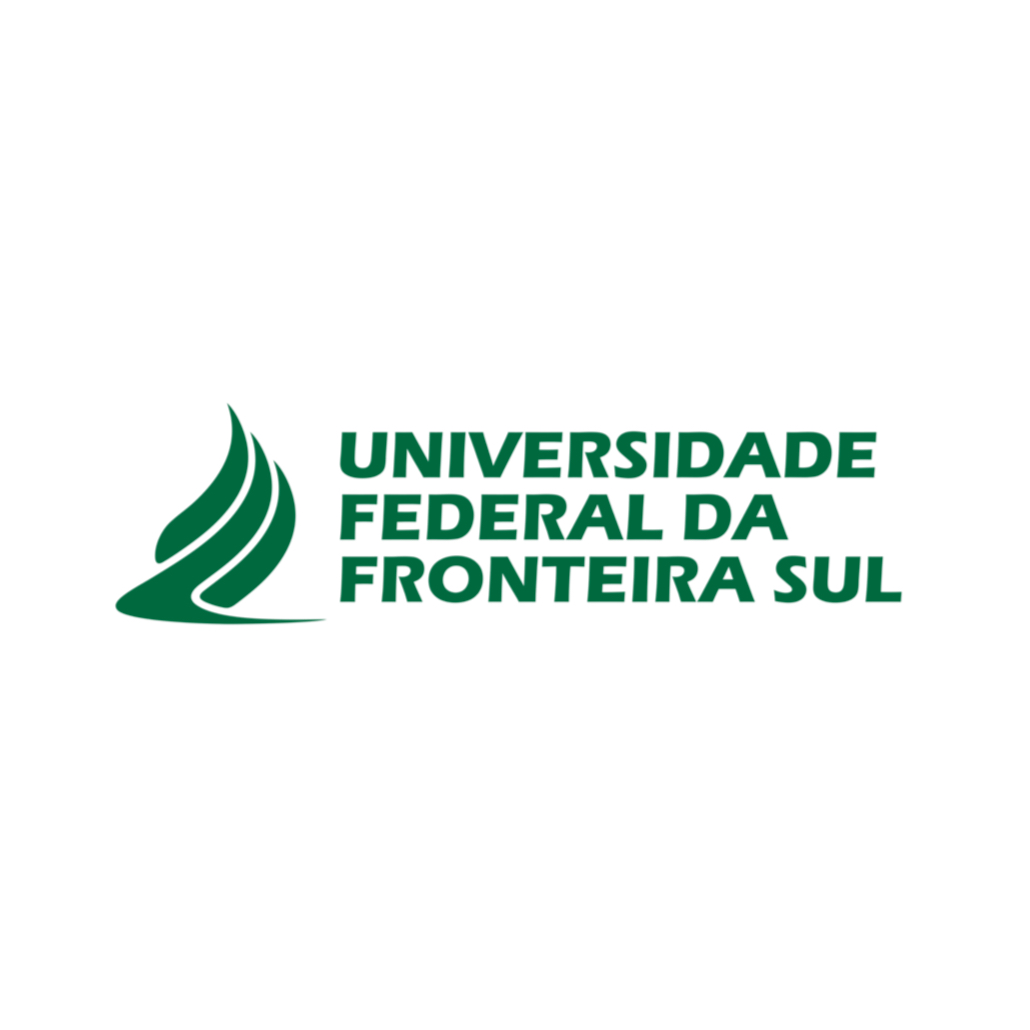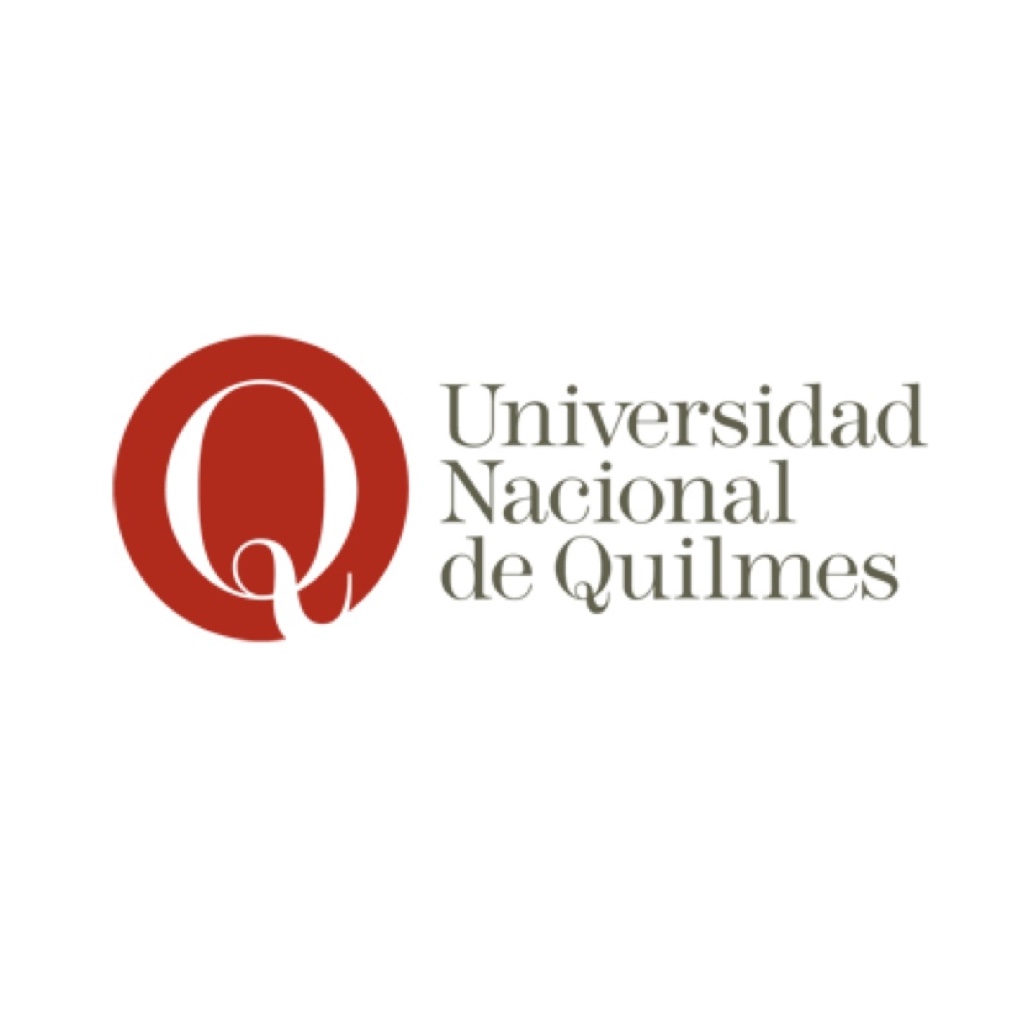Scientific Divulgation: Enology and Mathematics
DOI:
https://doi.org/10.24310/TSN.2022.v7i14.17329Keywords:
Conocimiento, divulgación, matemáticas, epistemología, resolución de problemas, hitos científicos, enologíaAbstract
In the chain of communication of science and the transmission of scientific knowledge, scientists constitute an important link. However, there are not many works that address aspects related to the role of the scientific community in the dissemination of science, its patterns of communication with the public, or its patterns of behavior and motivations when participating in dissemination activities. My opinion is that those carried out so far are focused, fundamentally, on the study of the role of the different estates and on professionals, promoters and transmitters, involved in the tasks of scientific dissemination.
With this contribution I intend to bring Mathematics closer to a subject that most people cannot imagine, Oenology. I will show just a brushstroke in which, thanks to the various applications of mathematics, they have begun to think of mathematics not only as a dry subject, only accessible to mathematicians, but as a basic and fundamental tool that everyone should understand, as much as you can, because mathematics can help sculpt and model almost everything, also in many aspects related to the most important drink of the ancient world, wine.
Downloads
Metrics
References
BESTAGEING, Proyecto (2018), https://www.articai.es/proyecto-id-distintivo-eureka/.
https://www.tecnovino.com/el-proyecto-bestageing-aplicara-las-matematicas-para-estudiar-la-crianza-del-vino/
Cser, A., y Wiltschko, S. (1999): El gran barril en el castillo de Heidelberg. Neckargemünd-Dilsberg.
Cser, A., y Wiltschko, S. (2007): Los cuatro grandes barriles del castillo de Heidelberg. Sobre la historia de la construcción, el arte, la administración y la economía. Neckargemünd-Dilsberg.
De Marchi, S. (2007): «Mathematics and Wine», en Applied Mathematics and Computation, 192, pp. 180-190. Verona (Italia): Department of Computer Science, Universidad de Verona.
Heidelberg, B. (1751), https://computerhoy.com/noticias/life/barril-vino-grande-mundo-caben-219000-litros-tiene-pista-baile-parte-superior-1002173 y https://es.wikipedia.org/wiki/El_barril_grande_del_palacio_de_Heidelberg#/media/Archivo:Grossesfass.jpg
Iaccarino, A. (2011): Reflections on the Relation between Conservation and Science, https://journals.openedition.org/ceroart/2194 y https://journals.openedition.org/ceroart/2239
Jiménez, J. A., y González, D. (2012): Cambios de paradigma de la divulgación del conocimiento en la educación superior en Colombia: crisis desde el campo editorial universitario. Universidad Distrital Francisco José de Caldas.
Kasimir, B. (1591): https://www.schloss-heidelberg.de/fr/erlebnis-schloss-garten/schloss-garten/gebaeude/edifice-du-tonneau/
Kepler, J. (1615): Nova stereometria doliorum vinariorum, http://posner.library.cmu.edu/Posner/books/pages.cgi?call=520_K38PN&layout=vol0/part0/copy0
Martín, M. J., y Rey, J. (2007): El papel de los científicos en la comunicación de la ciencia y la tecnología a la sociedad: actitudes, aptitudes e implicación, https://digital.csic.es/bitstream/10261/1616/1/30_Papel.pdf
Ramírez, A. V. (2009): «La teoría del conocimiento en investigación científica: una visión actual (Knowledge's Theory in Scientific Research: A Current Scope)», en Anales de la Facultad de Medicina, 70 (3), pp. 217-224.
Segarra, M., y Bou, J. C. (2004-2005): «Concepto, tipos y dimensiones del conocimiento: configuración del conocimiento estratégico», en Revista de Economía y Empresa, núms. 52-53, pp. 175-195.
Shepherd, G. M. (2016): Neuroenology: How the Brain Creates the Taste of Wine. Ed. Columbia University Press.
Van Loon, M., y Sarzano, M. (2016): «Quelques problèmes de la conception duale de la norme de l’action et de l’assertion», en J. M. Chevalier y B. Gaultier: La connaissance et ses raisons. La Philosophie de la Connaissance au Collège de France.
Downloads
Published
How to Cite
Issue
Section
License

This work is licensed under a Creative Commons Attribution-NonCommercial-ShareAlike 4.0 International License.

